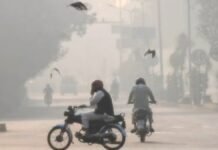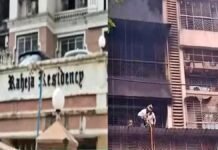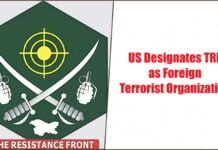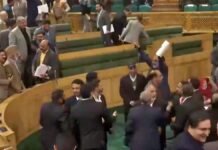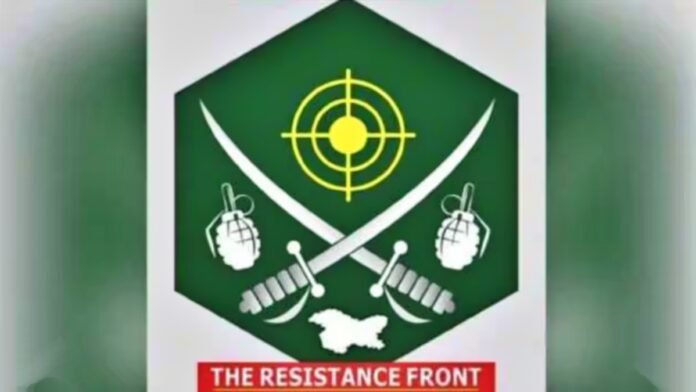
New Delhi: The Resistance Front (TRF) emerged in Kashmir in 2019. But in a short span of time, this terror group has carried out dozens of attacks. Especially now, it is suspected to be behind the incidents of targeting minority Kashmiri Pandits in the valley. TRF was proscribed this year under the Unlawful Activities Prevention Act (UAPA). According to a report in ‘India Today’, TRF has become one of the biggest problems for the security forces in Jammu and Kashmir. TRF terrorists are believed to be involved in Wednesday’s shootout in which an Army Colonel, a Major, and a Deputy SP of Police were killed in Jammu and Kashmir’s Anantnag district.
The government says that TRF is actually a front organization of the notorious terror group Lashkar-e-Taiba (LeT). Lashkar-e-Taiba grew with the active support of the Pakistani government machinery. Now its offshoot TRF is getting the same support. In January this year, the government banned this terror group under UAPA and declared its commander Sheikh Sajjad Gul a terrorist under the Fourth Schedule of UAPA. Gul, a resident of Rose Avenue Colony, Srinagar, is suspected of being behind the conspiracy to assassinate Kashmiri journalist Shujaat Bukhari in June 2018. TRF has been involved in planning killings of security forces personnel and innocent civilians, smuggling of arms to support banned terror organizations, recruitment of terrorists, infiltration of terrorists, and smuggling of arms and narcotics from across the border.
TRF issues ‘hit list’ after ban
TRF issued a ‘hit list’ a day after the ban was imposed and warned that it would target the people included in this list. TRF is one of the 44 terror groups banned under UAPA as of February. It has become the most active among all the terror groups operating in India at present. TRF also issued threats to the minority Sikh community in Jammu and Kashmir. TRF had warned that Sikh youth working as Special Police Officers (SPOs) would be labeled as RSS agents and targeted.
Why was TRF formed?
It needs to be remembered that Pakistan was under immense pressure from the Financial Action Task Force (FATF) to come clean on terror funding. The Paris-based watchdog had put Pakistan in its grey list for money laundering and terror funding. Pakistan no longer wanted to be seen helping Lashkar-e-Taiba and its chief Hafiz Saeed, who had become infamous at the international level. To hide funding and support, Pakistani machinery and its terror network formed ‘The Resistance Front’. This name was coined to give it the flavor of local resistance rather than a religious armed organization.
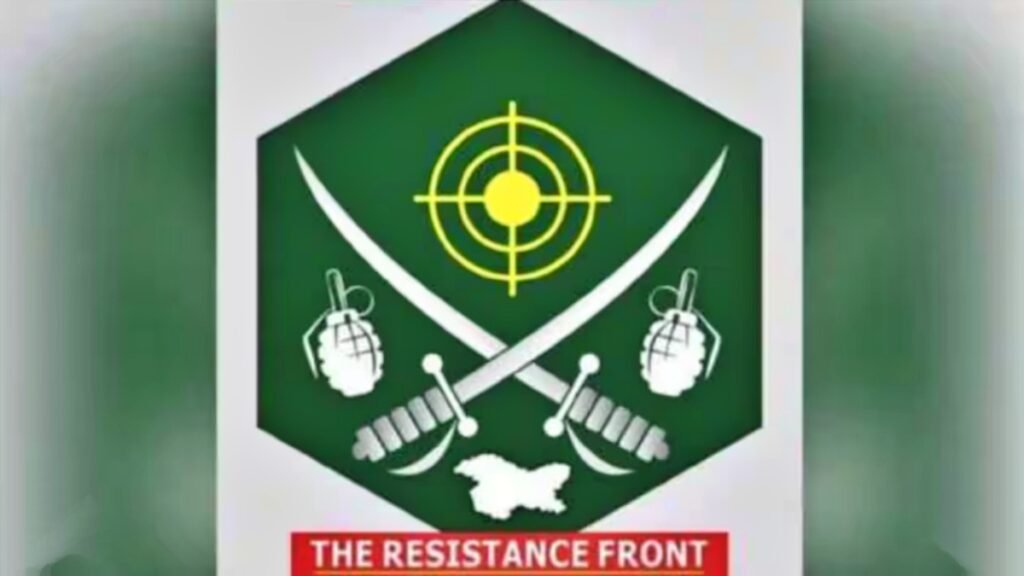
The most active terror group in Kashmir
‘The Resistance Front’ has claimed responsibility for most of the recent attacks in Kashmir. It mostly uses the funding channels of Lashkar-e-Taiba. Jammu and Kashmir Police said in its annual report for 2022 that 172 terrorists, including 42 foreign nationals, were killed in more than 90 operations by security forces in Kashmir in 2022. Most of these (108) belonged to ‘The Resistance Front’ or Lashkar-e-Taiba. Also, out of 100 people who joined terror groups, 74 were recruited by TRF. Which shows the increasing threat from terror groups.’







